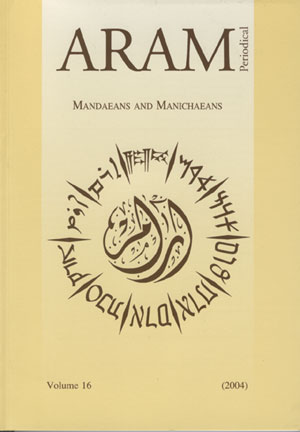 previous article in this issue previous article in this issue | next article in this issue  |

Preview first page |
Document Details : Title: Beirut in Mamluk Times (1291-1516) Author(s): FUESS, Albrecht Journal: ARAM Periodical Volume: 9 Issue: 1-2 Date: 1997 Pages: 85-101 DOI: 10.2143/ARAM.9.1.2002169 Abstract : This study seeks to show how Beirut, which probably still had its Arab population, would regain its strength during the Mamluk period and would become an important trading port in Syria. It profited especially as the harbour of Damascus in the 15th century, when trade with the west increased remarkably. Nevertheless, at the end of the 13th century, Mamluk policy emphasized the defence of the coast. As they had no fleet, Baybars and the Mamluk sultans who followed him had decided to defend the Syro-Palestinian coast from inland. They reasoned that once the Franks occupied a fortress on the coastline, it would be very difficult to reconquer the bridgehead because the Mamluks had no military boats which could stop the Frankish ships from supplying it. They therefore destroyed all major fortresses on the shore. Only a few walls and towers remained. Even the largest ports had only two towers at most. Tripoli, which was destroyed and rebuilt two miles further inland, and Beirut seemed to be the only towns which recovered at least partially. The seaports on the Palestinian coast were totally razed because of their proximity to Jerusalem. The former capital of the kingdom of Jerusalem, Acre, is an example of this. In Ascalon the city was destroyed and the harbour was filled with trees and rubble in 1270. |
|


